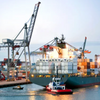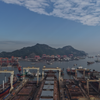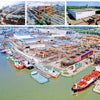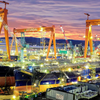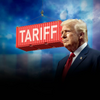Speculation among Greek maritime giants
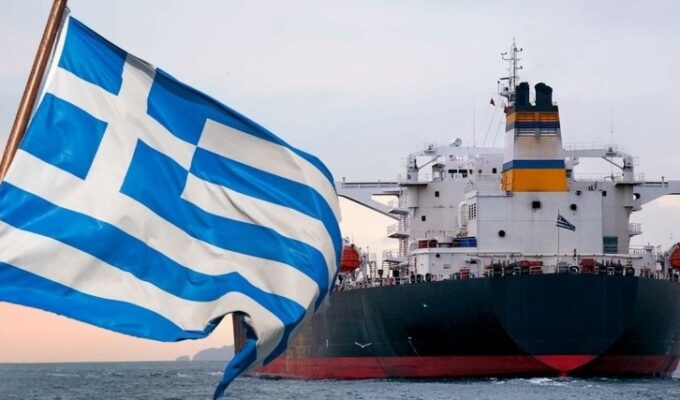
In a decade when the global shipping industry has experienced turmoil and great changes, Greek shipowners have attracted attention with their bold investment stance, which may affect the future direction of global trade.
Here, we examine speculative investments by Greek maritime giants and the key factors driving these unprecedented investments in gas ships and offshore assets.


Figure 1: Five-year fixed age value of neo-Panamax container ships
Figure 2: Five-year-old large auxiliary work ship (AHTS) and large platform supply vessels (PSV) five-year fixed age price value


Figure 3: Top Greek newbuilding ordering companies since 2021
Figure 4: Value of new shipbuilding
In addition, container ship earnings rose again this year as the Red Sea crisis extended sailing distances around the Cape of Good Hope, stimulating ordering interest in container ships.
As a result, prices for newbuildings of all types are picking up again. Although it is not expected that the massive ordering during the epidemic will be repeated, the price of new shipbuilding of container ships is expected to continue to rise in 2024 and 2025, and the growth rate will exceed that of other ship types.
-
-
Future Outlook
-
Unless the profitability of container ships continues to grow, ordering demand for container ships will slow down and the total number of orders will gradually decrease. While ordering activity for other major ship types such as bulkers and tankers is likely to increase, it will be difficult to fully offset the decline in container ship ordering.
As a result, ship deliveries will exceed new orders, the total order volume will decline, and the pressure on shipyards' production capacity will also decrease, which may lead to a gradual decline in shipbuilding prices. But this process may take 12 to 24 months, so ship prices will remain at historically high levels in the short term
-
Asset Speculation by Capital Group
As we can see, large ship prices across all sectors are in a very high period and based on historical price comparisons, now is an excellent time to sell a ship.
CapitalGroup seized the opportunity and sold nine modern very large crude carriers (VLCCs) to Bahri in August this year for a profit of approximately US$1 billion; a similar operation was the sale of three 12-year-old Panamax container ships to Peter in March this year for US$51 million each (including charter) Doehle, last month sold five more 11-year-old post-Panamax container ships to unnamed buyers.
These transactions have brought in more than US$1.4 billion in cumulative revenue to support the natural gas new shipbuilding plan. However, the cash flow from existing sales is still insufficient. In the future, Captial The Group may sell more container ships or tankers to fill the funding gap for its gas carrier project.





